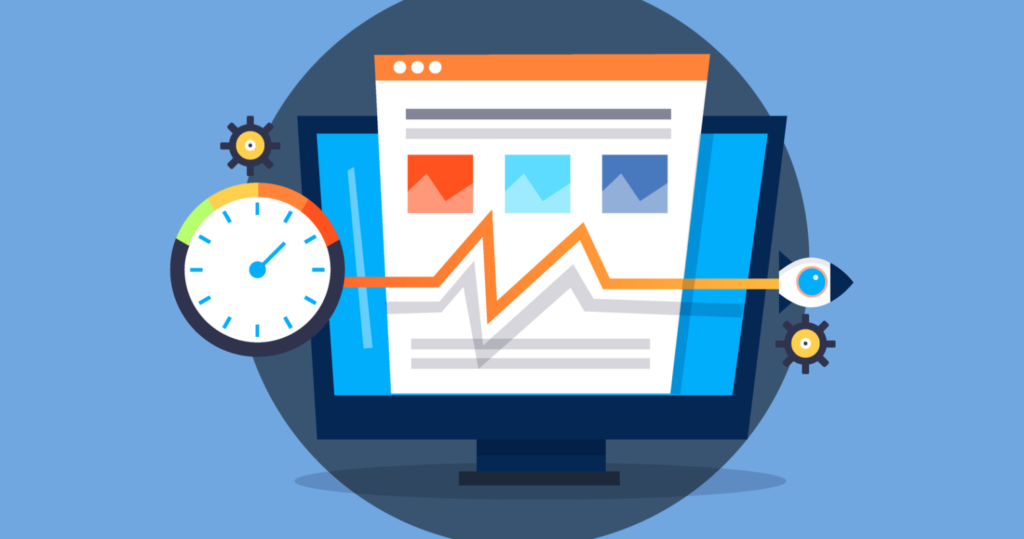Shopify remains one of the largest e-commerce platforms. You may think these are just praising words, but one look at the numbers will prove you wrong. Currently, Shopify has over 4.5 million stores around the world.
Keeping this vast number, a lot of effort is needed to stand up to the competition. So, what steps can you take to ensure you remain visible in the sea of options? The very first step to take is putting to use SEO for Shopify.
Employing SEO for Shopify is the shortcut that makes your Shopify Store appear to potential clients when they search for products you offer in Google. So, in this article, we will go over the importance of optimizing SEO for Shopify and how to improve your SEO efforts. Let’s start.
What are the Benefits of SEO for Shopify?
It may not seem as apparent, but the first urge buyers have when purchasing something is Googling it. This makes SEO essential for Shopify stores if you want to help customers find you online, and it’s just one of the many.
If you go over the brief checklist, you will find many more.
- Increased Organic Traffic: Alongside the advantage of making your store visible to users, SEO also increases the organic traffic numbers. The logic is simple: the more they see your page, the more they will visit.
- Cost-Effective Advertising: Unlike other marketing methods, organic traffic will not require you to spend considerable amounts of budget. Once you rank well, the traffic will be free.
- Drive Targeted Results: SEO gives you the opportunity to use focus keywords that will drive the attention of the users who are already searching for the products you have. This way, you also increase the likeliness of converting them to sales.
- Sustain Long-Term Results: SEO companies are determined to achieve longer results with constant updates and enhancements. The only trick is to find the right approach to your SEO strategy and team.
- Boost Local and Global Searches: You can use listings, location-specific keywords, and reviews to gain traffic from local searches. Also, you can opt for a more global approach with region-specific content, multiple languages, and targeted keywords.
And this list goes on. However, knowing what you can get from implementing SEO for Shopify is one thing. The other is to understand how actually to put it to use. That’s why we have gathered the key aspects that you need to implement in your Shopify SEO strategy.Tips to Increase Your Visibility with SEO in Shopify.

It’s not enough to just decide to use SEO for your Shopify Store. You will need constant work and improvements to ensure everything runs smoothly.
From technical SEO to content, there are a lot of things that need attention and should be constantly kept in check to notice the issues that are emerging. But no worries, we have got you covered and will start with the essentials.
Check for Duplicate Content
Among the many common problems that happen to e-commerce stores are duplicate pages. In Shopify, there is a feature called “Collections,” which helps to organize your products into categories and adds additional URLs for the same content.
Now, how can these affect your SEO? The first apparent issue is that search engines may need to index the right page. You can solve this issue by indexing the wrong page.

Also, some people may worry that Google can penalize you for duplicate content. However, you won’t be a target if it’s an innocent mistake. But you should not relax since other issues, such as diluted link equity and difficulty consolidating link signals, can still occur.
If you aim to avoid this, you may use our Shopify development services to ensure that you will have well-designed pages with unique content.
Use Keywords that Match the Interests of Your Audience
The next thing that can assist you in effectively using SEO for Shopify is finding the right keywords that will grab your audience’s attention. So, find the words your potential clients will use to find your product.
To identify these keywords, you can list all the possible phrases that describe your product and pick the one that fits the most. After that, there are several things you will need to consider:
- keyword competition
- relevance to your audience
- keywords that can lead to conversions
You can use various tools to generate the keywords that will work for you, or you may turn to the assistance of SEO services and let the professionals explore the market and find a solution that will be perfect for you.
Improve the Loading Time of Your Pages
Imagine you found the perfect keywords that lead to the visitors to your page. Do you think your job ends here? The short answer is no.
Once they are on your landing page, you have to keep them there, and if the page takes a lot of time to load, clients will likely leave. In reality, according to Google, websites that take 1-3 seconds to load increase the possibility of bounce rate by 32%; after 5 seconds, it becomes 90%.

Fortunately, there are several ways in which you can work on this:
- Optimize images to reduce file size and improve loading times.
- Keep code clean and well-organized to enhance performance.
- Minify HTML, CSS, and JavaScript to remove unnecessary elements.
- Use a reliable high-speed web host.
- Disable unnecessary apps and theme features that slow the site.
It takes time and effort to ensure that your Shopify store runs smoothly. That is why you need good Shopify development to make sure that your store is both visible and managed to keep the visitors in place after they lend to your online shop page.
Work on Your Content
After opening stores using the Shopify platform, blogging is a sure-shot way of gaining attention for your store and is also helpful for search engine optimization. Here are some ways to optimize it:
- Use keywords well: Write scintillating titles, sublime descriptions, and fabulous URLs incorporating relevant keywords and make your post both engaging and SEO-friendly.
- Add images and video content for good measure: With images, your blog becomes more appealing and enhances your chances of getting indexed for image and video searches.
- Promote it on social media: Twitter, Facebook, and Instagram enjoy significant traffic, so post your blog entries there.
Try to be as creative and open-minded as possible when creating your content. Aim for attention-grabbing images and texts that showcase the best features of your product and will make it sound in the eyes of the clients against the competitors.

Conclusion
The competition in the Shopify e-commerce platform is pretty high and demands a lot of work from online store owners. SEO optimization helps to remain on top with organic traffic, long-term solutions, and targeting. By constantly optimizing your efforts, you can be sure that you will have a lasting effect on your target audience.